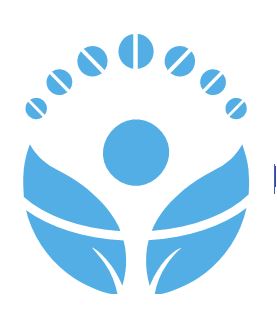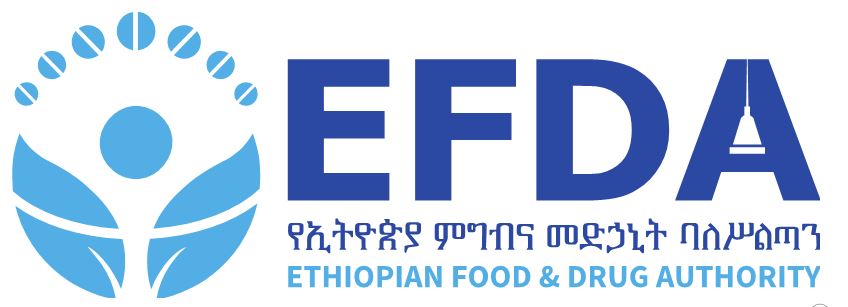“Ensuring healthy lives and promoting well-being for all at all ages” is one of the Sustainable Development Goals (SDGs) and founding concept of the World Health Organization and the Universal Deceleration of Human Rights (WHO, 2016). Realizing this goal requires the existence of a well – functioning Health Care System. Use of medicines is a critical factor in health system efficiency. However, the ability of pharmaceuticals to save lives, reduce sufferings and improve health depends on their quality, safety, efficacy, availability, affordability and rational use. Cognizant of these, many countries in the world developed and implemented National Medicines Policy taking into consideration access, quality, safety and rational use as key strategic objectives. To monitor the progress of efforts to improve the global medicines situation, WHO has developed a system of indicators that measure important aspects of a country’s pharmaceutical situation (WHO, 2007). In line with this, EFMHACA, FMOH and WHO collaborated in the past (2003 and 2010) in assessing the pharmaceutical sector using level I and II indicators. The conclusion and recommendations made out of both surveys showed that most of the parameters measured were sub-optimal. Ideally WHO recommends that indicator based assessment and monitoring of the pharmaceutical sector have to be made every four years to document meaningful changes. However in the case of the Ethiopian pharmaceutical sector, more than five years have elapsed since the 2010 survey. Many changes have occurred in the sector since the last survey. To mention some, the completion of GTP I and launching of GTP II, development and completion of HSDP IV which led to formulation of HSTP covering 2015 -2020 and launching of ten years national strategy and plan of action for pharmaceuticals manufacturing in Ethiopia (NSPA-Pharm 2015-2025). FMOH, EFMHACA and PFSA have also developed and started implementation of their respective transformational plans. All of the above plans, strategies and initiatives are believed to have impacts on the pharmaceutical sector. Hence the present survey attempted to measure progress made and also would serve as a baseline for measuring implementation of HSTP and GTP II…
- Home
- About Us
- News and Events
- Services
- Publications
- Directorates
- Director General
- Medicine Sector Deputy Director General
- Food Sector Deputy Director General
- Medical Device Sector Deputy Director General
- Chief Executive Officer
- Basic Service Executive Officer
- Competence & Human Resource Management Executive Officer
- Information & Technology Executive Officer
- Organizational Change Management Executive Officer
- Procurement & Finance Executive Officer
- Strategic Affair Executive Officer
- Women & Inclusive Social Affair Executive Officer
- Branch Office Head
- COVID19
- Public Information
- Announcement
- Contact
Pharmaceutical Assessment 2016
You are here:
- Home
- Publication
- Pharmaceutical Assessment 2016



